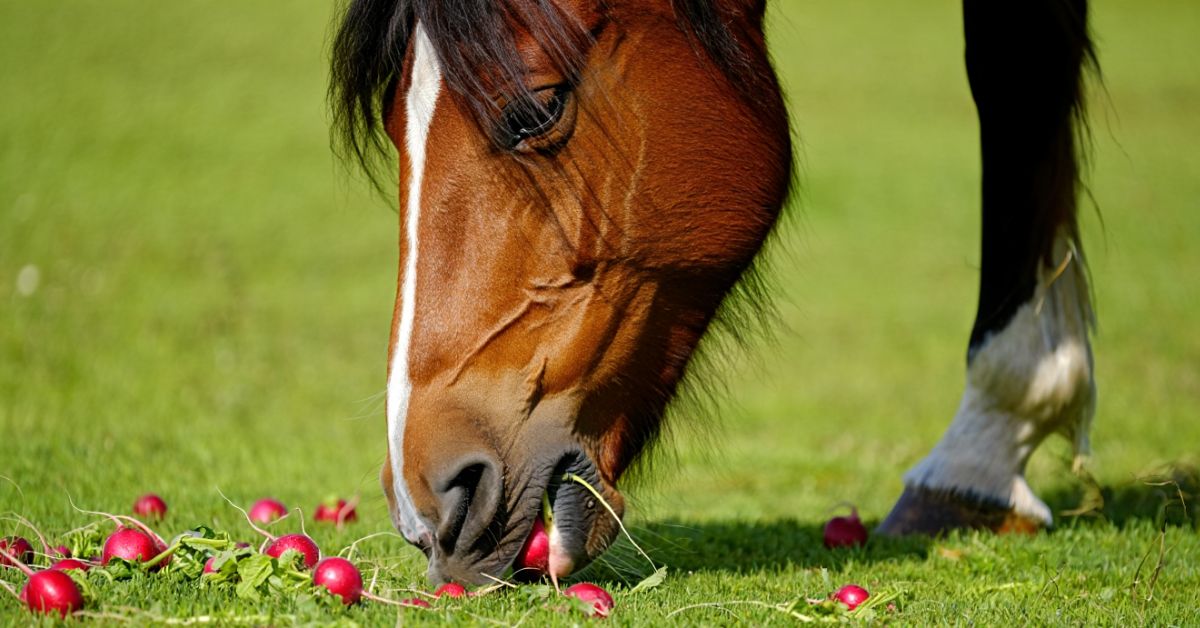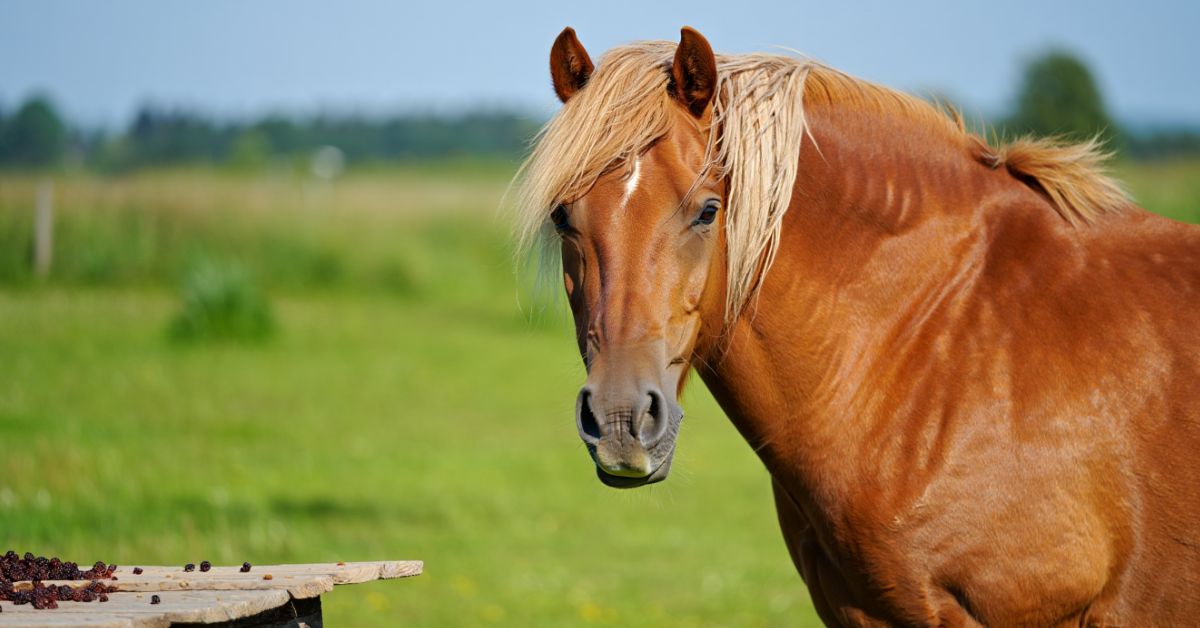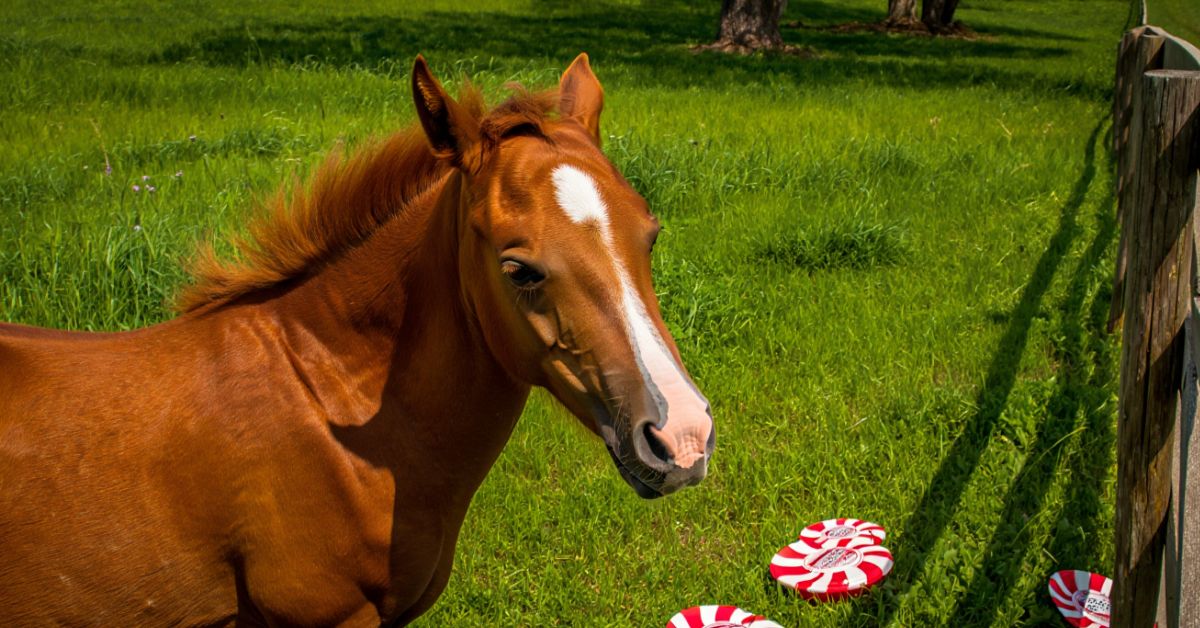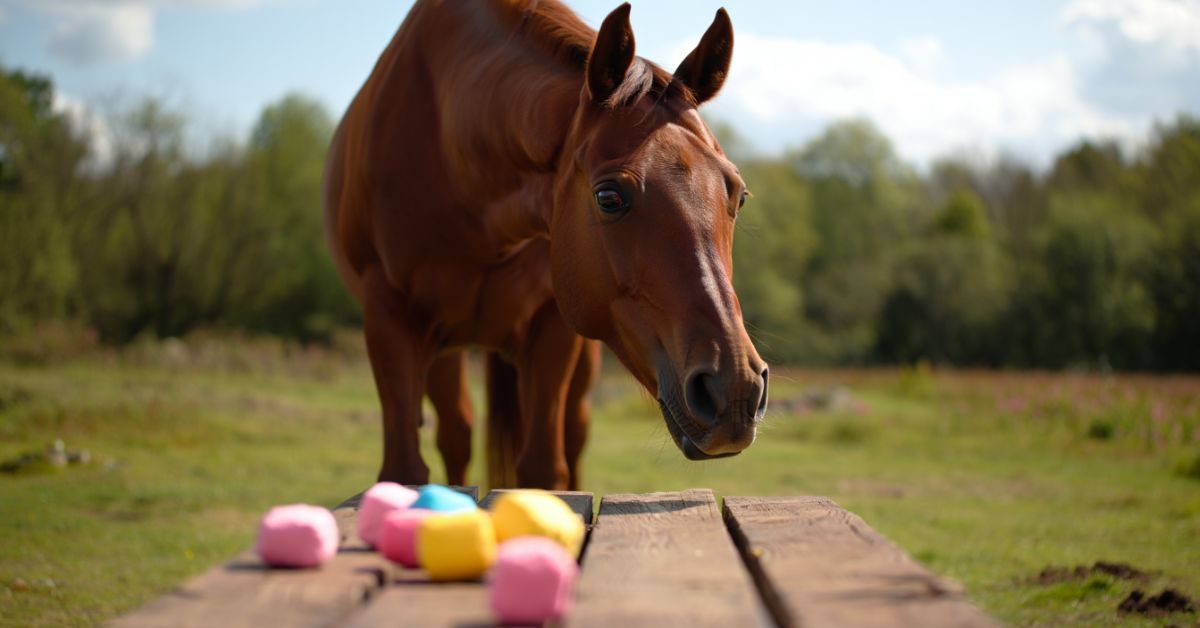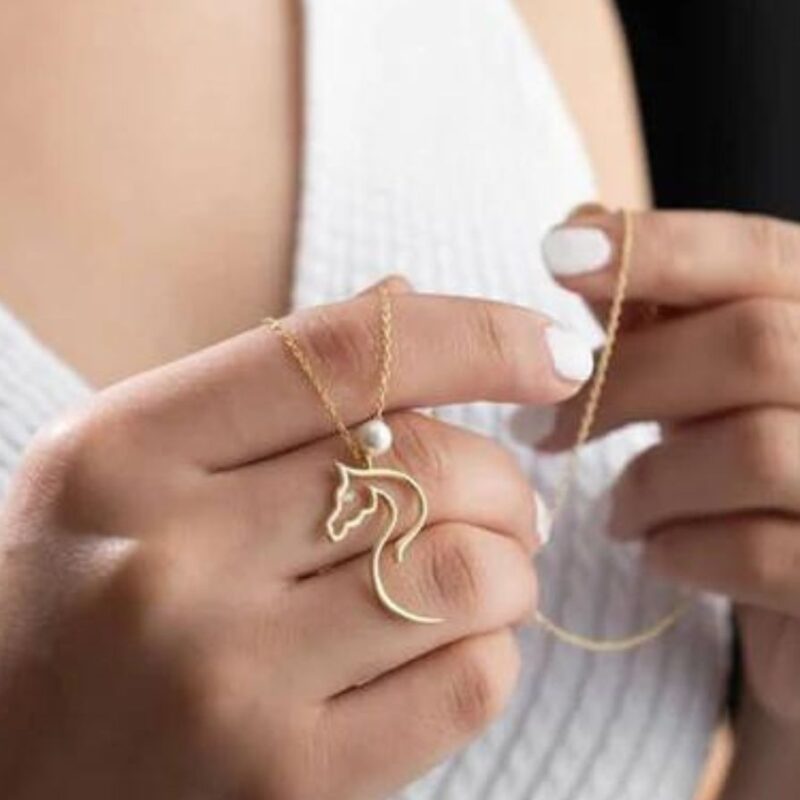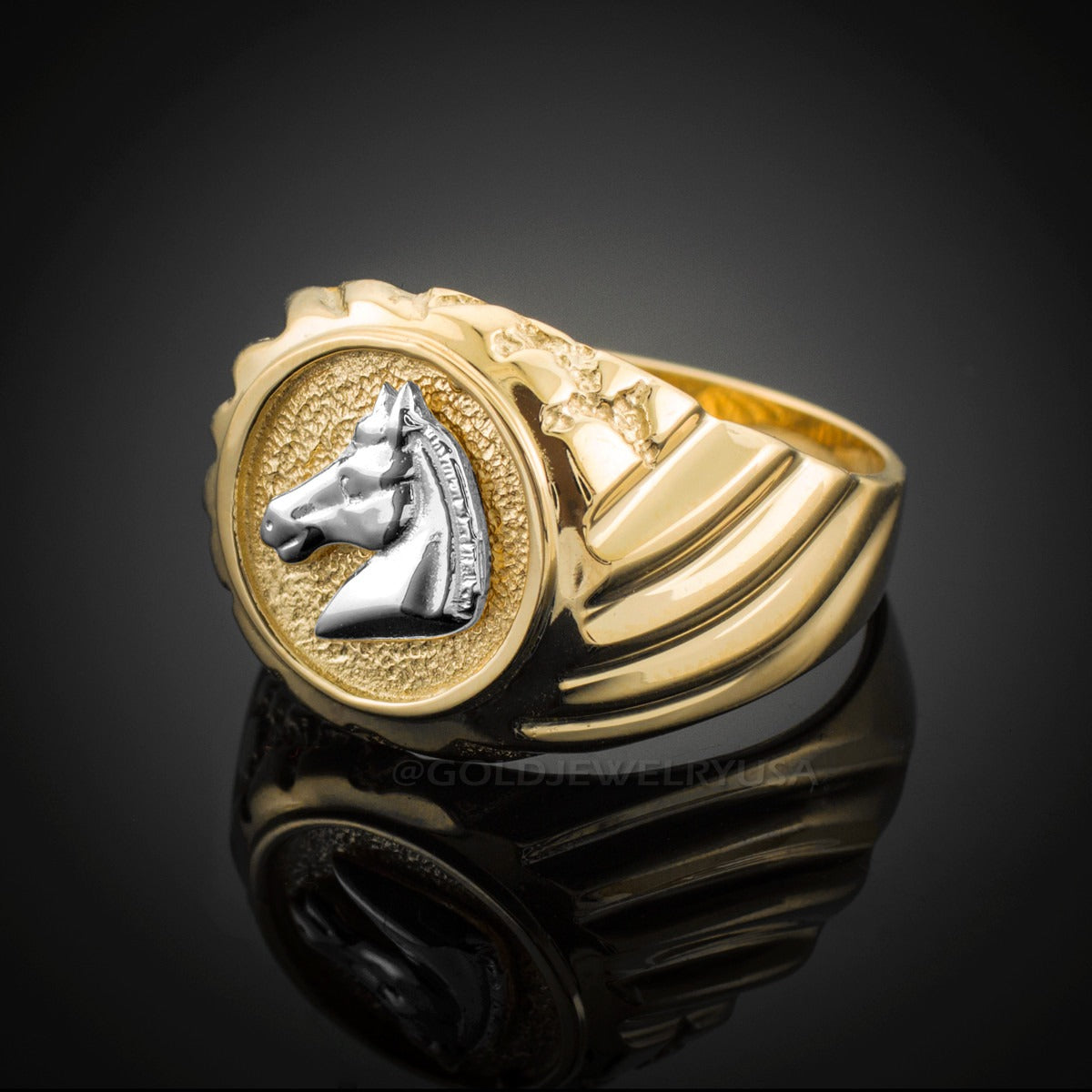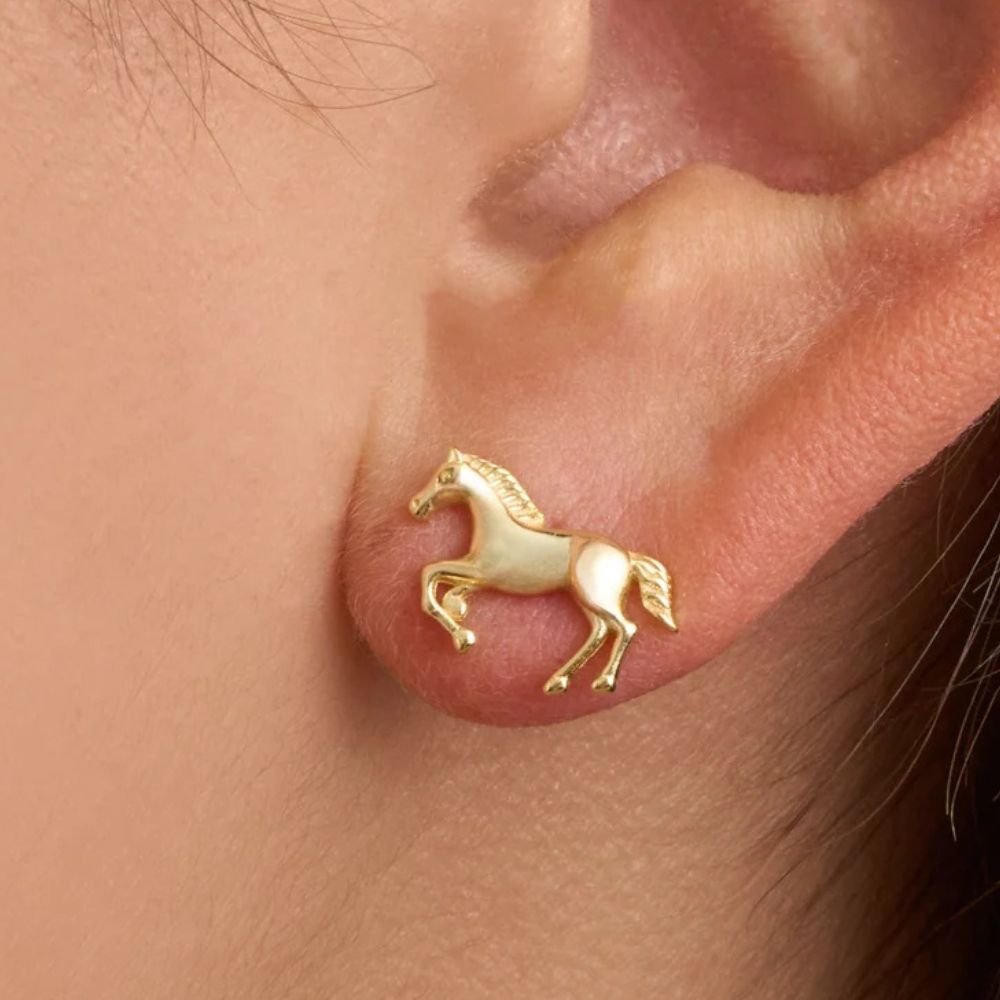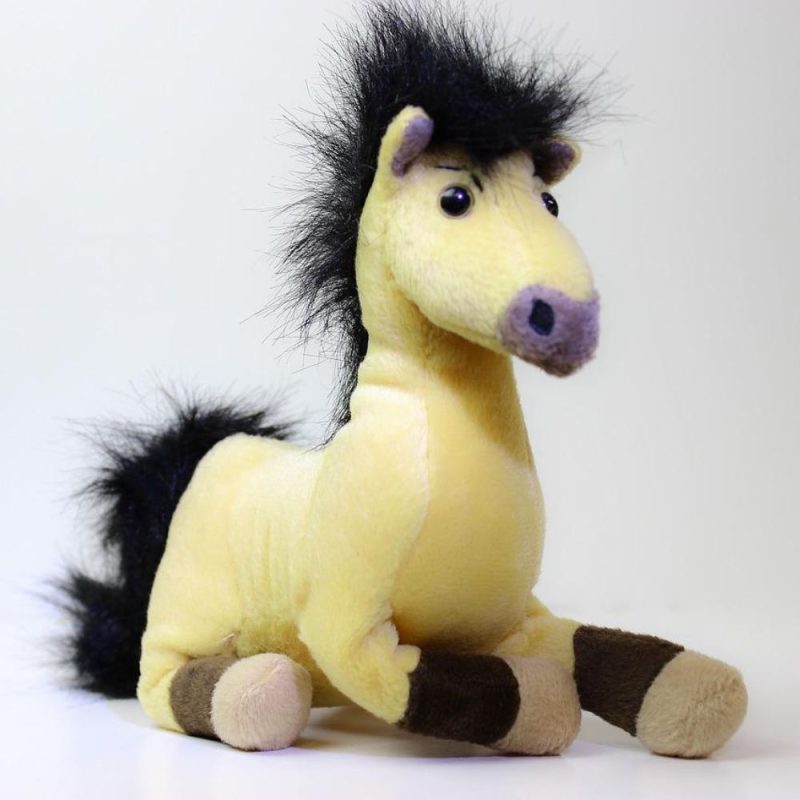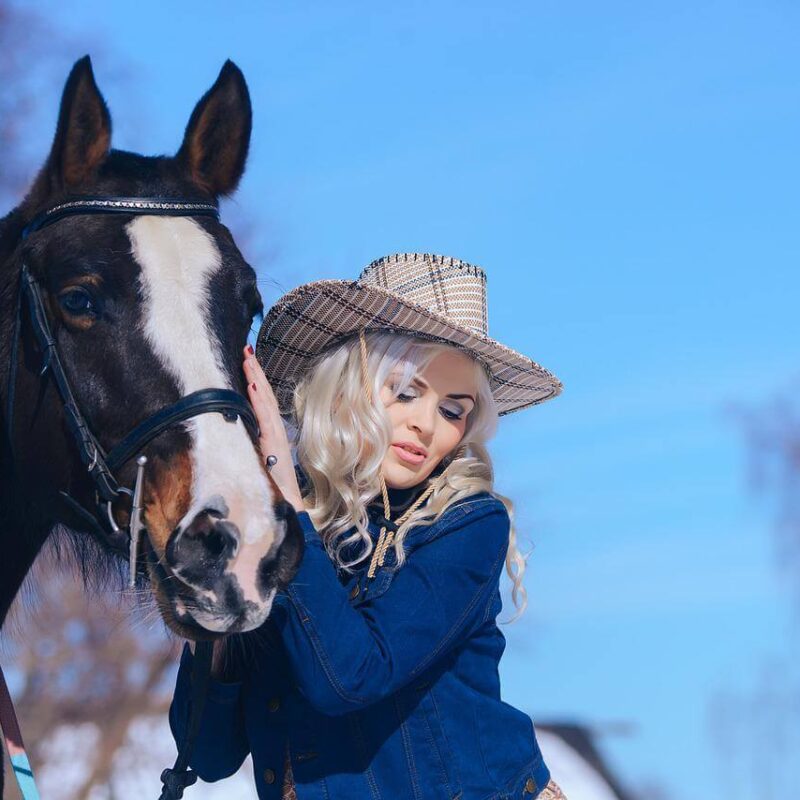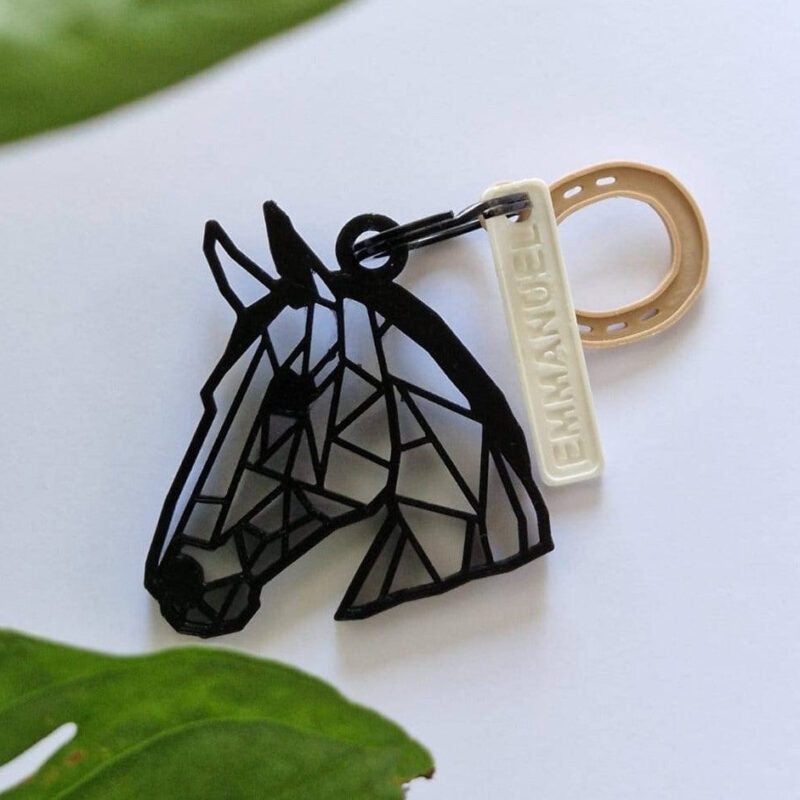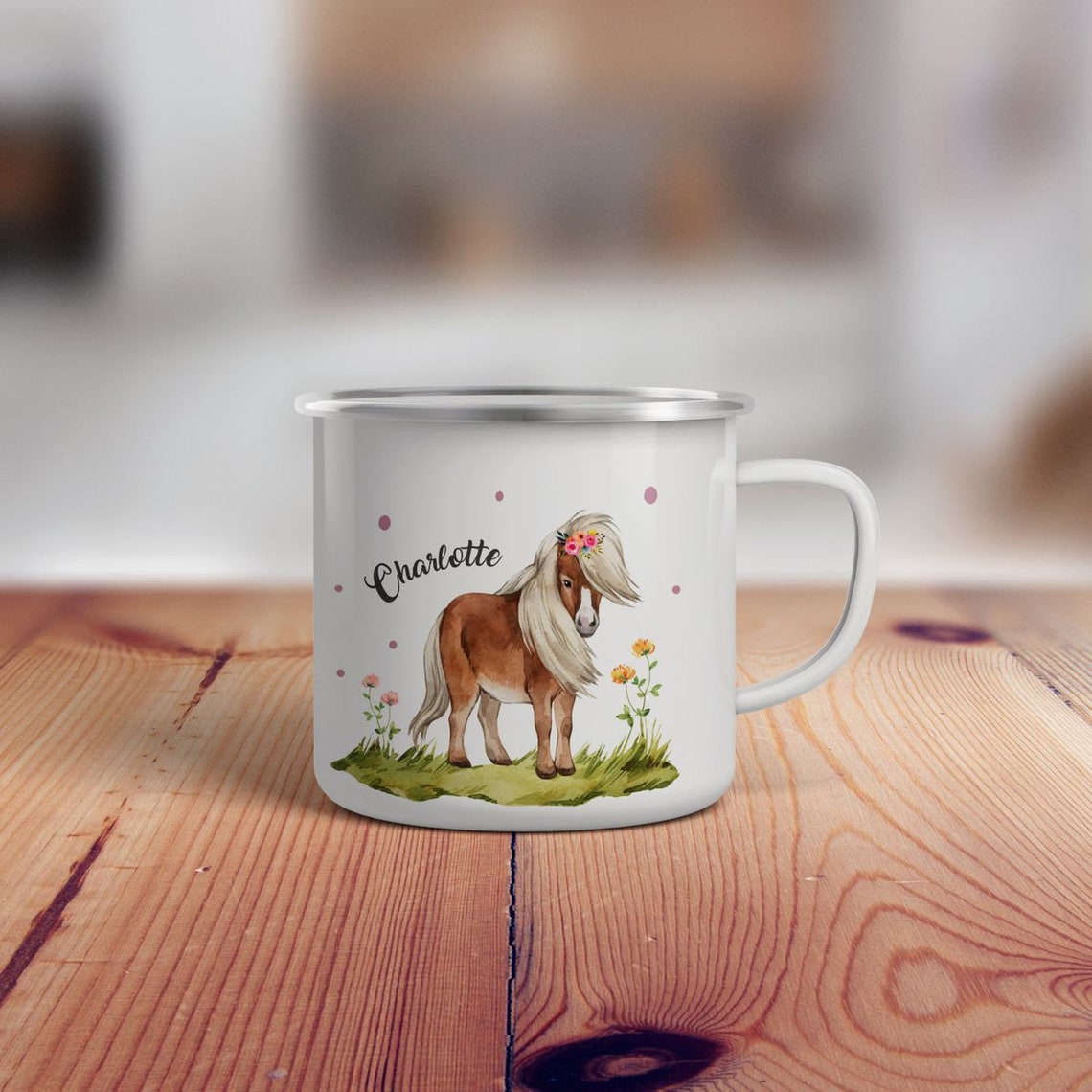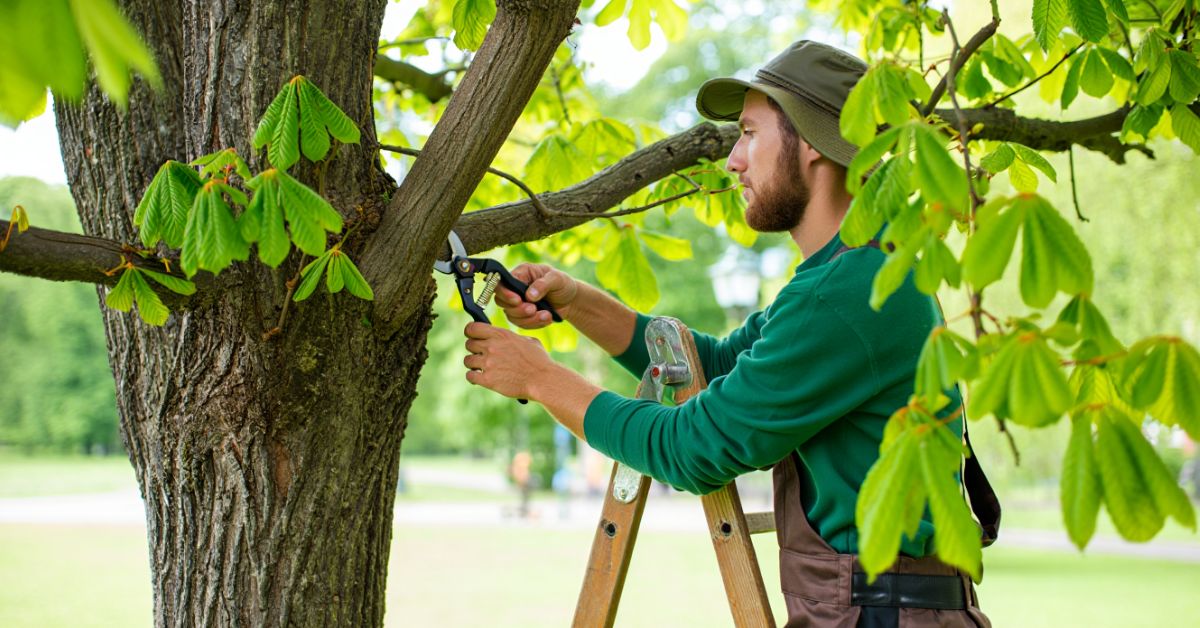
What Is Horse Chestnut Trimming: Complete Guide to Pruning and Tree Care
What is horse chestnut trimming? It's the specialized practice of pruning horse chestnut trees (Aesculus hippocastanum) to maintain their health, structure, and safety. Horse chestnut tree trimming involves strategic branch removal techniques to eliminate dead, diseased, or damaged wood while shaping the tree for optimal growth. This essential chestnut tree maintenance practice helps prevent hazards, controls size, and promotes vigorous, beautiful canopies. Whether you're dealing with a majestic specimen in your paddock or along your riding trails, understanding how to prune chestnut trees ensures these iconic trees thrive for generations. The process encompasses everything from deadwooding horse chestnut to crown reduction pruning, and it's crucial for any equestrian property owner who values both aesthetics and safety around their stables and pastures. 🐴
Why Trim Horse Chestnut Trees: The Importance of Pruning
Understanding why trim horse chestnut trees is fundamental to responsible tree ownership, especially on equestrian properties where safety is paramount. Horse chestnut tree trimming isn't just about aesthetics—it's about creating a safe environment for your horses, protecting your property, and ensuring the tree's longevity.
The importance of pruning cannot be overstated. These magnificent deciduous trees can reach heights of 75-100 feet with equally impressive spreads, making them prone to structural issues without proper care. Removing diseased branches prevents the spread of infections like horse chestnut canker, a devastating fungal disease that has affected countless trees since its first identification in the early 2000s.
Safety pruning protects both people and animals. Imagine a heavy branch falling near your stable or riding arena—the consequences could be catastrophic. Tree hazard reduction through regular professional tree trimming eliminates weak, crossing, or dead limbs before they become dangerous projectiles during storms.
Health Benefits of Regular Maintenance
Improving tree health through strategic cuts allows better air circulation and sunlight penetration throughout the canopy. This tree canopy management reduces humidity levels that promote fungal diseases and pest infestations. The notorious horse chestnut leaf miner damage, caused by the Cameraria ohridella moth, has plagued these trees across Europe and North America since the 1980s, and proper thinning the crown can help mitigate its impact.
Preventative pruning is your best defense against managing tree diseases. By removing affected branches early, you stop problems before they compromise the entire tree. According to research from the Royal Horticultural Society in 2019, trees receiving regular maintenance show 60% fewer disease symptoms compared to neglected specimens.
Structural and Aesthetic Advantages
Pruning for structure during a tree's formative years establishes strong branch architecture. Formative pruning creates a central leader and well-spaced lateral branches, reducing the likelihood of splitting as the tree matures. This foundation is essential—poorly structured trees often develop co-dominant stems that create weak unions prone to failure.
Controlling tree growth keeps your horse chestnut appropriately sized for its location. Nobody wants a tree crowding their barn or interfering with power lines. Reducing tree size through crown reduction pruning maintains the tree's natural form while keeping it proportionate to its surroundings.
As renowned arborist Alex Shigo once said, "Trees don't heal, they seal." This profound observation reminds us that every cut matters—trees compartmentalize wounds rather than repair them, making proper pruning cuts essential for long-term health.
When to Trim Horse Chestnut: Best Time of Year to Prune
Timing is everything in arboriculture techniques, and knowing when to trim horse chestnut trees can mean the difference between a thriving specimen and a struggling one. The best time of year to prune depends on your objectives and the tree's condition.
Dormant season pruning remains the gold standard for most deciduous tree trimming work. Between November and March, when the tree has dropped its distinctive palmate leaves and sap flow has slowed, you can make significant structural changes with minimal stress. During this period, tree surgery is most effective because:
-
Disease organisms are less active and less likely to infect fresh wounds
-
The absence of leaves provides clear visibility of the tree's structure
-
The tree's energy reserves are focused in the roots, not supporting foliage
-
There's no risk of disturbing nesting birds (a legal consideration in many regions)
-
Wounds seal more effectively when growth resumes in spring
The optimal window for major Aesculus hippocastanum pruning falls between late January and early March, just before bud break. This timing capitalizes on the tree's impending growth surge while avoiding the coldest winter periods when tissues are most brittle.
Summer Pruning Considerations
Summer pruning has its place in caring for large trees, particularly for minor corrective work. Light trimming between July and August can help control vigorous growth and is ideal for clearance pruning when branches encroach on buildings or pathways. However, avoid heavy crown reduction pruning during active growth—it stresses the tree and depletes its energy reserves.
If you're dealing with horse chestnut canker, summer inspection is crucial. The disease manifests most obviously during the growing season with bleeding cankers on bark and wilting foliage. Remove infected branches immediately, regardless of season, cutting well below visible symptoms.
Emergency and Corrective Trimming
Sometimes professional tree trimming can't wait for ideal conditions. Storm damage, sudden branch failure, or hazardous situations demand immediate attention. An experienced arborist horse chestnut specialist understands how to minimize stress when emergency branch removal techniques are necessary.
Deadwooding horse chestnut trees can happen year-round since you're only removing already-dead tissue that poses no benefit to the tree. This tree hazard reduction work actually becomes more critical during storm season when dead branches are most likely to fail.
How to Prune Chestnut Trees: Essential Techniques and Methods
Mastering how to prune chestnut trees requires understanding various arboriculture techniques that address different needs. Whether you're tackling formative pruning on a young tree or performing crown reduction pruning on a mature giant, the right approach ensures successful results.
Deadwooding and Safety Priorities
Deadwooding horse chestnut trees should be your first priority. Dead branches serve no purpose and present genuine hazards—they're essentially widow-makers waiting to happen. Start from the top and work downward, removing all dead, dying, and severely diseased wood. Make your pruning cuts just outside the branch collar (that swollen area where the branch meets the trunk), never flush to the trunk.
For removing diseased branches affected by horse chestnut canker, sterilize your tools between cuts with a 10% bleach solution or 70% alcohol. This prevents spreading pathogens to healthy tissue. Cut at least 12 inches below visible cankers or discoloration, checking the exposed wood for staining that indicates infection has spread further.
Crown Management Techniques
Thinning the crown improves light penetration and air circulation without drastically altering the tree's size or shape. Remove selected branches throughout the canopy, focusing on crossing limbs, inward-growing branches, and areas of excessive density. Aim to remove no more than 25% of living foliage in a single season—more aggressive thinning shocks the tree and stimulates excessive water sprout growth.
Crown reduction pruning reduces the overall height or spread by cutting back to lateral branches at least one-third the diameter of the removed section. This maintains the tree's natural form while making it more manageable. It's far superior to tree lopping, an outdated practice that indiscriminately cuts branches to stubs, disfiguring trees and creating hazards.
Lifting the crown removes lower branches to provide clearance for activities beneath the tree. For equestrian properties, you might want 8-10 feet of clearance for riders to pass comfortably. Remove lower limbs gradually over several years rather than all at once—sudden exposure to sunlight can sunscald bark previously shaded.
Formative Pruning for Young Trees
Formative pruning establishes strong structure during a tree's first 10-15 years. Select a strong central leader and remove competing stems. Choose 4-6 well-spaced scaffold branches with wide crotch angles (45-60 degrees from vertical). These become the tree's permanent framework.
As legendary forester Gifford Pinchot observed, "The care of the forest is a matter of good farming," and the same principle applies to individual tree stewardship. Invest early effort in proper form, and you'll reap decades of beauty and safety.
Tools and Safety for Pruning Large Trees
Pruning tools for large trees must be sharp, appropriate, and well-maintained:
-
Hand pruners for branches up to 3/4 inch diameter
-
Loppers for branches 3/4 to 1.5 inches
-
Pruning saws for anything larger
-
Pole pruners for branches within 12-15 feet of ground level
-
Chainsaw for major limbs (requires expertise and safety equipment)
For caring for large trees beyond reach from the ground, hire certified arborists. Working at height with chainsaws around power lines isn't a DIY project—it's genuinely dangerous. Professional tree surgery specialists have the training, insurance, and equipment to work safely at any height.
Make clean cuts that don't tear bark. The three-cut method prevents stripping: first, an undercut 12-18 inches from the final cut location; second, a top cut further out that removes most of the branch weight; third, the final cut just outside the branch collar.
Professional Horse Chestnut Care and Long-Term Management
Effective chestnut tree maintenance extends beyond occasional pruning sessions—it's a long-term commitment to stewardship. Developing a relationship with a qualified arborist horse chestnut specialist ensures your trees receive expert attention throughout their lifespan.
Professional tree trimming services bring expertise that protects both tree and property. Certified arborists understand species-specific needs, recognize disease symptoms early, and make informed decisions about appropriate interventions. They follow industry standards like those established by the International Society of Arboriculture, founded in 1924, ensuring work meets professional benchmarks.
Creating a tree care guide specific to your property helps maintain consistency. Document each tree's location, approximate age, past work performed, and any health concerns. Photograph your trees annually from consistent positions to track changes over time. This record proves invaluable when consulting with professionals or diagnosing emerging problems.
Managing tree diseases requires vigilance and prompt action. Beyond horse chestnut canker, watch for bleeding canker, leaf blotch, and powdery mildew. The devastating leaf miner, first detected in Macedonia in 1984, has now spread across most of Europe and parts of North America. While it rarely kills trees outright, repeated severe infestations weaken specimens and make them vulnerable to other stresses.
Tree canopy management considers the tree's relationship with its environment. Is it competing with nearby trees? Do power lines require clearance pruning? Are roots causing pavement upheaval? Holistic management addresses these factors before they become crises.
Think of controlling tree growth as similar to training a young horse—consistent, patient guidance yields better results than sporadic interventions. A tree receiving annual attention rarely needs dramatic corrective work, just as a well-schooled horse responds to subtle cues.
Invest in quality preventative pruning rather than reactive crisis management. An annual inspection costs far less than emergency removal after a storm. Insurance companies increasingly recognize this—some offer premium reductions for properties with documented professional tree care programs.
For those passionate about horses and the land they inhabit, caring for trees like the majestic horse chestnut connects us to centuries of tradition. These trees have witnessed countless rides, provided shade for resting horses, and marked the boundaries of equestrian properties since the species was introduced to Western Europe from the Balkans in the 16th century.
Express your commitment to stewardship by maintaining these natural treasures. Just as we celebrate our equestrian lifestyle through beautiful jewelry and accessories from Dream Horse, we honor it by caring for the landscape that defines our passion. Consider complementing your tree care with equestrian-themed decorations that bring that outdoor beauty inside—sculptures and posters celebrating the harmony between horses and nature.
Frequently Asked Questions on Horse Chestnut Tree Trimming
How much does horse chestnut trimming cost?
Professional horse chestnut tree trimming typically ranges from $300 to $1,500 per tree, depending on size, location, and complexity. Tree hazard reduction work on large specimens near structures costs more due to technical difficulty and liability. Deadwooding horse chestnut trees runs $200-$600 for average-sized trees. Get multiple quotes from certified arborists and verify insurance coverage before hiring.
Can I trim a horse chestnut tree myself?
Limited ground-level work is manageable for homeowners with proper tools and knowledge. However, caring for large trees requiring ladder work, climbing, or chainsaw use should be left to professionals. The risk of injury or property damage far exceeds DIY savings. Focus your efforts on small branch removal techniques within safe reach, and hire experts for everything else.
How often should horse chestnut trees be pruned?
Young trees benefit from annual formative pruning during their first decade. Mature, healthy specimens typically need comprehensive professional tree trimming every 3-5 years, with annual inspections for deadwooding horse chestnut and safety pruning. Trees with disease issues, structural problems, or in high-traffic areas require more frequent attention. Let condition drive the schedule rather than adhering rigidly to timelines.
Will pruning harm my horse chestnut tree?
Proper Aesculus hippocastanum pruning performed at appropriate times with correct techniques benefits trees. However, excessive removal (over 25% of living tissue), poor pruning cuts, or work at wrong times can stress trees significantly. Tree lopping—indiscriminate cutting to stubs—causes permanent damage and should never be done. Follow best practices or hire qualified professionals to ensure improving tree health rather than harming it.
What are signs my horse chestnut needs trimming?
Watch for dead branches, crossing limbs rubbing against each other, branches touching structures, dense canopy with poor air circulation, leaning or hazardous limbs, signs of disease like horse chestnut canker, pest damage from horse chestnut leaf miner damage, and structural defects like co-dominant stems. Any of these warrant consultation with an arborist horse chestnut specialist. Don't wait for obvious hazards—preventative pruning is always preferable to emergency response.
Does trimming help with horse chestnut leaf miner?
While thinning the crown improves air circulation and overall vigor, it won't eliminate leaf miner infestations. The pest affects foliage throughout the canopy regardless of density. However, improving tree health through proper chestnut tree maintenance helps trees tolerate pest damage better. Remove and destroy fallen leaves in autumn, as they harbor overwintering pupae. This sanitation, combined with good cultural practices, provides some control without chemical interventions.
At Dream Horse, we understand the deep connection between equestrians and the land they cherish. Whether you're maintaining magnificent trees on your property or seeking the perfect gift for horse lovers, we're here to support your passion. Explore our collection of equestrian jewelry, décor, and practical accessories that let you express your unique style and celebrate the equestrian lifestyle every day. 🐴✨




